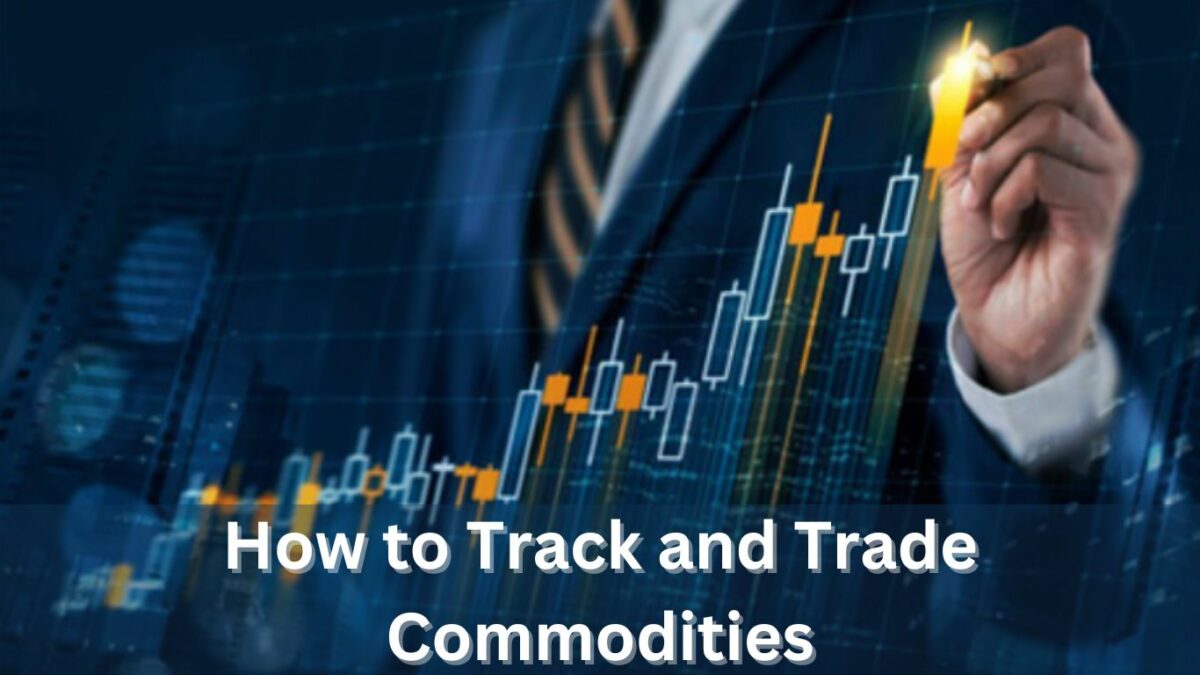Most rookie investors begin their trading adventure in the middle of stock land. Of all the available asset classes, stocks seem to be the most easily understood and the most widely used. The idea of buying shares of ownership in some of America’s largest companies and participating in their growth is music to the ears of the everyday wealth-seeker.
And yet, active traders will find a number of benefits in venturing outside the realm of equities and exploring other asset classes like bonds, real estate, or commodities. Today we turn our attention to the commodities market.
Think of commodities as the raw materials that come out of the ground and are used as inputs for creating many of the products that you and I consume. There are energy-related commodities like oil, coal, and natural gas. There are metal-based commodities like gold, silver, copper, and steel. Agricultural products like sugar, wheat, corn, and soybeans are also considered commodities.
The benefit of tracking a variety of commodities is two-fold. For starters, commodity prices often move independently of the stock market. Because the correlation between equities and commodities is usually mixed it’s not hard to find bullish opportunities even if the stock market has been falling. It’s nice to be familiar with alternative assets that don’t always move in lockstep.
This brings us to the second benefit: Trading commodities makes it easier to discover trade ideas. By simply increasing the number of markets we follow on a regular basis, more bullish and bearish setups are sure to crop up.
Nowadays there are a number of actively traded exchange-traded funds (ETFs) designed to follow different commodity markets. Some even have option contracts available making them viable candidates for any number of option strategies. Here’s a snapshot of one of the watchlists I use within the MachTrader software:
Source: MachTrader
As you can see it includes over a dozen different ETFs tracking the most popular commodity markets (like gold and oil). Remember you can buy and sell ETFs the same way you trade shares of stock. The primary difference is that a commodity ETF – like the SPDR Gold Shares (GLD) for example – tracks the value of the underlying commodity. As gold prices rise and fall, so too does GLD. Some of the ETFs, like the Market Vectors Gold Miners Fund (GDX), own companies that are related to the value of the underlying commodity. So rather than actually owning gold, GDX owns 57 different gold mining companies.
You can usually find exactly what is held with any of these ETFs by doing a quick Google search. So what are you waiting for? Build a watchlist of commodity markets and begin monitoring them for potential opportunities!
Author Profile

- Jonas Taylor is a financial expert and experienced writer with a focus on finance news, accounting software, and related topics. He has a talent for explaining complex financial concepts in an accessible way and has published high-quality content in various publications. He is dedicated to delivering valuable information to readers, staying up-to-date with financial news and trends, and sharing his expertise with others.
Latest entries
 BlogJuly 8, 2024Introduction to Tax Liens and Deeds
BlogJuly 8, 2024Introduction to Tax Liens and Deeds BlogOctober 30, 2023Exposing the Money Myth: Financing Real Estate Deals
BlogOctober 30, 2023Exposing the Money Myth: Financing Real Estate Deals BlogOctober 30, 2023Real Estate Success: Motivation
BlogOctober 30, 2023Real Estate Success: Motivation BlogOctober 28, 2023The Santa Claus Rally
BlogOctober 28, 2023The Santa Claus Rally

